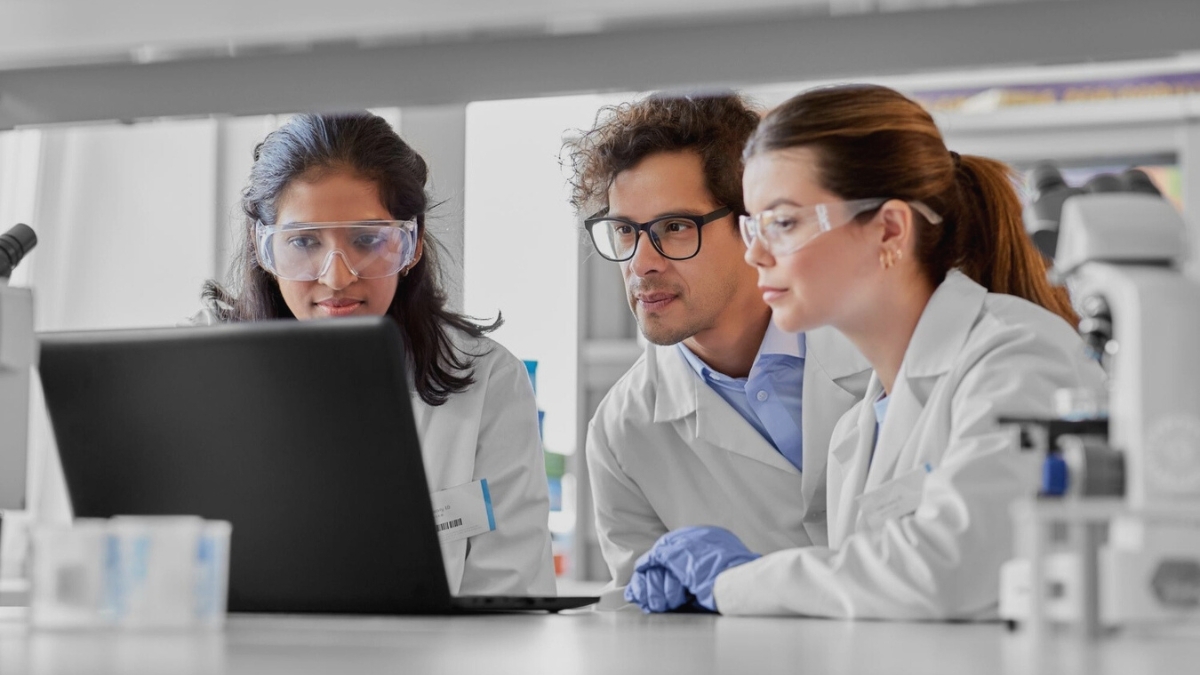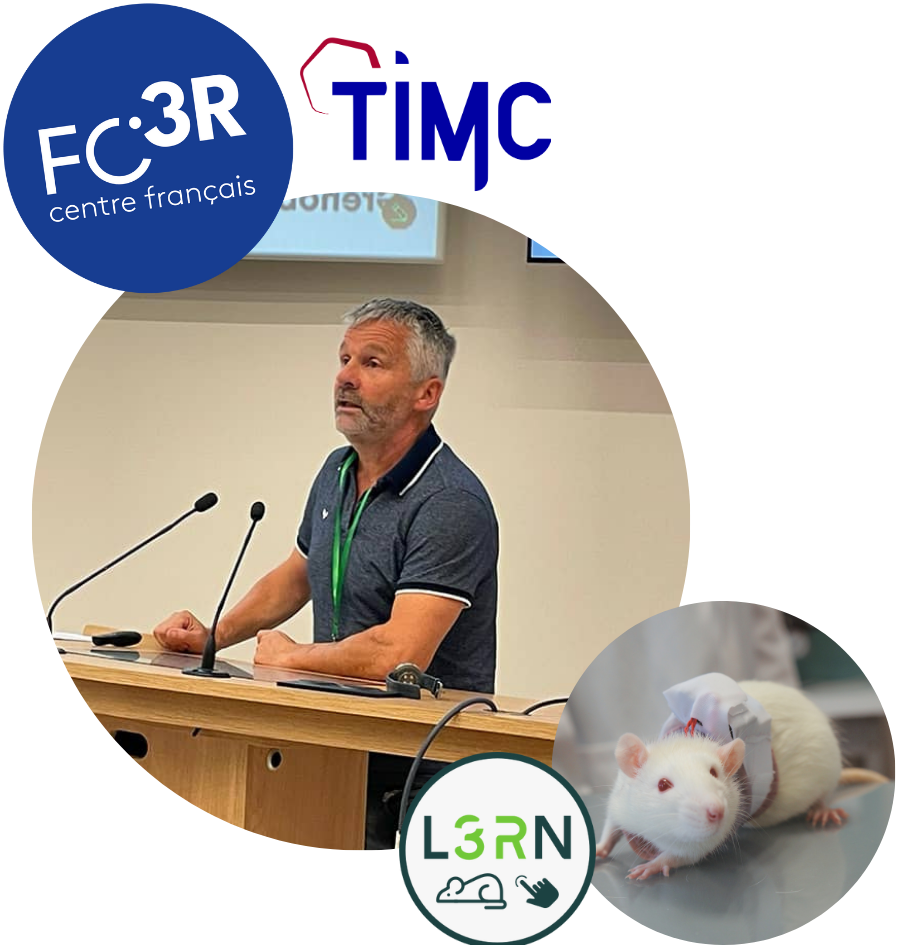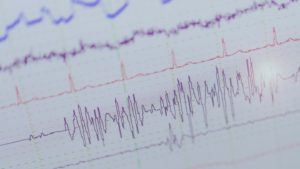Education and Training
Innovative tools for modern education and practical training in life sciences.
Why it is important?
Learning about physiological and pharmacology is fundamental for students and professionals in medicine, biomedical research, and veterinary science. At university, the practical teaching of physiology and its mechanisms in a whole organism has traditionally been conducted on students themselves or on animals, depending on the learning objectives. However, this latter approach is facing increasing ethical scrutiny and restrictions, prompting a re-evaluation of teaching methodologies.
Advancing Physiological Education
Jacketed telemetry, for both human and animal subjects, are an opportunity to rethink how physiological and pathological principles are teached. It allows for real-time physiology within an ethical and non-invasive framework, serving as a practical illustration of the principles of Refinement and Reduction in research and education.
Fully Digital Teaching / Training Sessions
Beyond these real-time applications, we’re also pioneering fully digital teaching. Our software platform provides on-demand access to digital datasets, compiled from pre-recorded studies. This innovative approach enables entirely animal-free teaching, offering students / trainees the invaluable experience of working with realistic, high-fidelity data to explore animal physiology and pharmacological concepts.
Advantages of using jacketed telemetry solution in teaching:
Real-Time Physio Data Recording
Quick and easy access to real-time physiological data such as ECG, heart rate, respiratory function, and activity levels.
Engaging Physiology Exploration
Simplifies the exploration of physiological mechanisms, such as cardiorespiratory response while exercising on treadmills or interacting together.
Ethical Animal Use in Education
Enhances ethical use of animals in physiology education, as animals can be reused between students and in previous or future research.
On demand 100% digital dataset
Genuine data from pre-recorded physiological and pharmacological studies fosters skill development with realistic datasets.

Discover the LEARN (L3Rn) Project
An initiative by Université Grenoble Alpes at TIMC-IMAG, funded by FC3R with its digital innovation grants, in collaboration with ETISENSE.
Although societal expectations are increasingly encouraging alternatives to animal use, the teaching of physiology in universities still relies on animals — largely due to the lack of satisfactory alternative methods. Existing simulation systems are still rare, basic, limited to simple conditions, and difficult to adapt to evolving pedagogical needs.
The LEARN project aims to address this gap by developing an innovative platform for teaching experimental physiology in higher education. It focuses on acquiring non-invasive physiological data on cardiorespiratory function, mobility, and vocalizations in rats, using ETISENSE’s jacketed telemetry solution. These recordings will serve as the foundation for a set of educational materials, including demonstration videos and a digital simulation platform that can recreate real-life physiological conditions.
Such tools will make it possible, in the long term, to replace the use of animals in general physiology courses, and to significantly reduce their use and refine procedures in vocational training programs.
Project Leader: Stéphane Tanguy – Senior Lecturer, TIMC, Equipe PRETA, Univ. Grenoble Alpes, CNRS, UMR 5525, VetAgro Sup, Grenoble INP

*Stéphane TANGUY presenting at
“Journées françaises des 3R”, 22.11.24
Bring real-time physiology into your classroom.
Contact us to learn how DECRO supports practical, ethical teaching.
Resources on Training & Education
Hemodynamic monitoring with thoracocardiography: Validation by beta-adrenergic modulation in anesthetized rats
Leandro Fontana Pires1,2, Agathe Cambier2, Stéphane Tanguy1, Charles Eynard2, Timothé Flenet2, Pierre-Yves Gumery1, François Boucher1 ¹ PRETA TEAM, TIMC IMAG, 38706 La Tronche CEDEX, France;² R&D, ETISENSE SAS, 69008 LYON, France...
A unifying method to study respiratory sinus arrhythmia dynamics implemented in a new toolbox
Valentin Ghibaudo,¹ Jules Granget,¹,³ Matthias Dereli,¹ Nathalie Buonviso,¹,² and Samuel Garcia¹,² ¹Centre de Recherche en Neuroscience de Lyon, Lyon, 69500, France²Centre National de la Recherche Scientifique, Lyon, 69500, France³Institut National de la Santé et de...
Marmoset (a small size NHP): Incorporation of safety pharmacology endpoints in toxicology studies
Marmoset (a small size NHP): Incorporation of safety pharmacology endpoints in toxicology studiesRaafat Fares and Pascal Champéroux European Research Biology Center (ERBC), Baugy, France Safety Pharmacology Society Annual Meeting, 2023 Abstract The common marmoset...
Non-Invasive Monitoring Of Cardiac Output: Validation In Anesthetized Laboratory Rats By Pharmacological Beta-Adrenergic Pathway Modulation
Non-Invasive Monitoring Of Cardiac Output: Validation In Anesthetized Laboratory Rats By Pharmacological Beta-Adrenergic Pathway ModulationLeandro Fontana Pires1,2, Agathe Cambier2, Stéphane Tanguy1, Charles Eynard2, Timothé Flenet2, Pierre-Yves Gumery1, François...
Explore Other Applications
Phenotyping of disease models
Monitoring of ECG morphological changes, ventilation, and locomotor activity patterns changes to better characterize pathological phenotypes and understand underlying pathophysiological mechanisms.
Pharmacology and safety-toxicology
Assessment of the efficacy and toxicity of novel pharmacological compounds on cardiorespiratory and central nervous system (CNS) functions in rodent and non-rodent species using jacketed telemetry.
Monitoring of vital functions
Monitor the health status of your animals following a medical condition or surgery (e.g., cardiac stroke), or anticipate humane endpoints in severe procedures using jacketed telemetry — all while allowing a return to the home cage.
Veterinary
Use wearable telemetry to monitor vital signs (heart and respiratory rates) or the development of medical conditions (e.g., cardiopathy), either at home or at the veterinary clinic.




